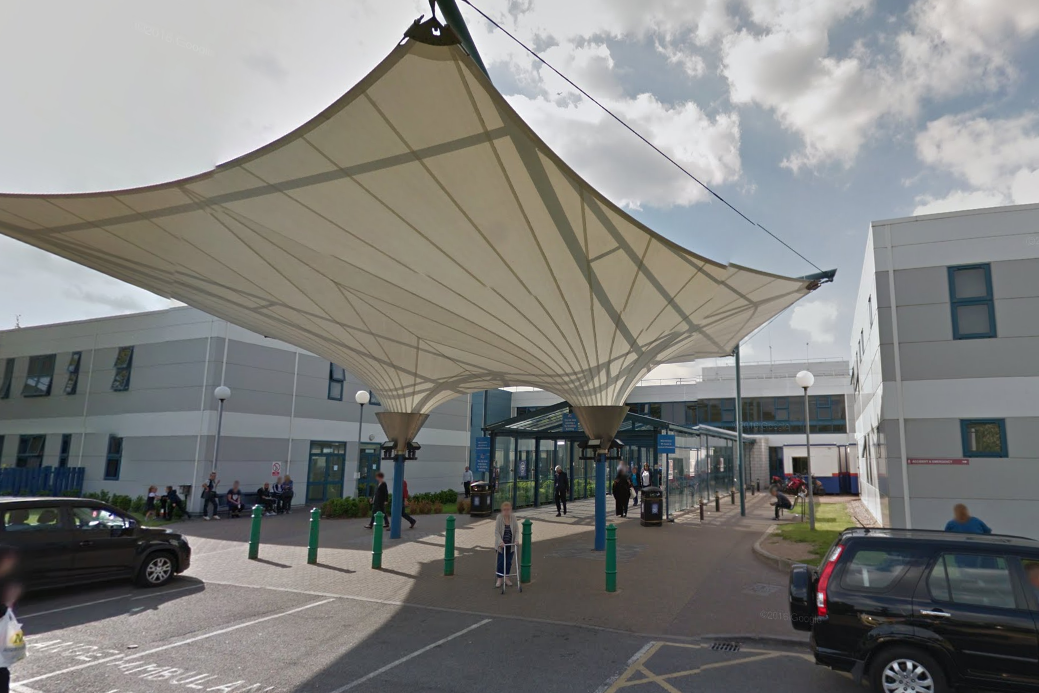Hospital in South London attacked over ‘significant risk’ to patients in A&E

Emergency services at a busy south London hospital were today revealed to be “under immense pressure” and posing “significant risk” to patient safety.
Inspectors said there was a long-standing problem coping with patients admitted via A&E at Queen Elizabeth hospital in Woolwich, with “bottlenecks” caused by the failure to discharge or divert those who were fit to leave.
Care Quality Commission inspectors today rated it and sister hospital Lewisham as “requires improvement” after complaints from patients, relatives and staff last year.
The report found a “poor flow of patients” through Queen Elizabeth due to a lack of community beds for rehabilitation. It said: “We found that the trust was accommodating some 120 plus patients who were either fit for discharge or were awaiting assessment but could be transferred to a sub-acute healthcare setting.”
Inspectors issued the trust with a series of improvement notices after criticising standards of hygiene and infection control. They witnessed anaesthetists and surgeons taking outdoor bags and briefcases into anaesthetic rooms and theatres on three occasions. Poor infection control in surgery was said to be putting patients at “significant risk of infection”.
Hospital chiefs today said they had already taken action to avoid A&E patients having to wait in corridors, had reduced waiting times and were introducing day clinics to avoid patients being admitted to a ward.
Four years ago, the Court of Appeal blocked an attempt by Health Secretary Jeremy Hunt to downgrade the A&E and maternity units at Lewisham after a community campaign.
The CQC’s chief inspector of hospitals, Professor Ted Baker, said: “The trust has not made sufficient progress since our last comprehensive inspection.”
Dr Elizabeth Aitken, medical director for Lewisham and Greenwich NHS Trust, said: “The CQC report shows that we were not getting it right for every patient every time. We apologise to the individual patients and their families where the report shows that we were failing.”

 Yahoo News
Yahoo News 
